Question 1:
What did you intend to assemble in the recitation exercise? If your sensor/actuator combination were to be used for pragmatic purposes, who would use it, why would they use it, and how could it be used?
For this recitation, I intended to assemble a moisture sensor and a vibration sensor, using the Arduino board and the Serial Monitor. Following the given instruction, I built these two circuits quickly, since there were not many components in the circuit. After finishing building the circuits, I copied the codes from the instruction and opened the Serial Monitor. When the sensor sensed the change of moisture or vibration, the data shown on the Serial Monitor would change.
1. Moisture Sensor:
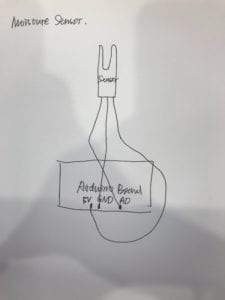
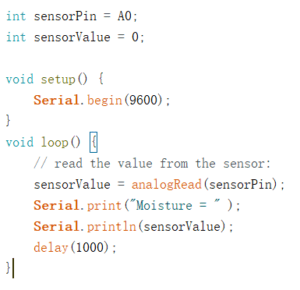
Using the Serial Monitor and holding my hand on the sensor, if my hand is dry, the data shown by the monitor is zero, but if my hand is wet, the data on the monitor would rise. In reality, the moisture sensor would be used to test the moisture of the soil for the plants. It would be widely used by greenhouses and labs, so that planters and experimenters can know if they need to change the status of moisture in the soil to create a most advantaged environment for the growth of plants. According to the number given by the system, if it is too low, then people should water the plants, otherwise, people should decrease the amount of water in the soil.
2. Vibration Sensor:
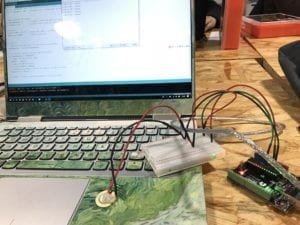
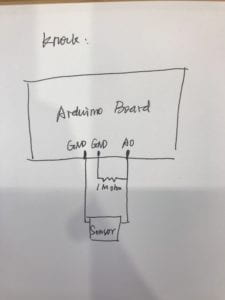
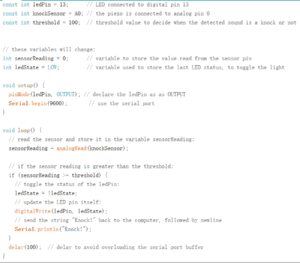
Knocking the vibration sensor, the Serial Monitor showed “Knock!”. This sensor can be used to monitor theft for stores or museums, fixing it on the windows or the door. If someone attempts to enter the room by breaking the glass or prying the door, the sensor can sense the strong vibration and the alarm connected in the same circuit with the vibration sensor will be triggered immediately.
Question 2:
Code is often compared to following a recipe or tutorial. Why do you think that is?
This is a vivid description of the function of the code. Coding is like designing or defining a logical system or a calculating system to make the computer understand our order and finish that task. Only if the computer follows this instruction or system can it understand the task, follow the logic flow, and accomplish the order. If some steps in this instruction were missed, the computer cannot understand our order and cannot accomplish the task.
Question 3:
In Language of New Media, Manovich describes the influence of computers on new media. In what ways do you believe the computer influences our human behaviors?
According to Manovich, computers have the feature of automation. In reality, this feature can help people avoid doing some simple tasks repeatedly since computers would understand the process of accomplishing a task through those codes which contain principles of calculating and logic. Therefore, human behaviors would contain less repeated and simple tasks, which can be completed by computers. As the result, human behaviors would be accountable for more activities of creativity and designing.
In addition, the computer makes it possible for people to transform their idea into reality, through the process of art-data-art, according to Manovich. Therefore, people can express their artistic ideas in a more direct and concrete way since computers can help people express and exaggerate their abstract ideas by means of vision and sounds.
However, the physical communication between people decreased, since they are so fascinated by social media and video games.